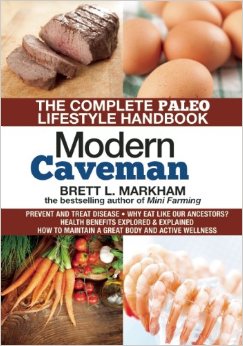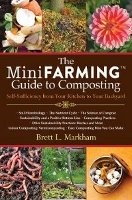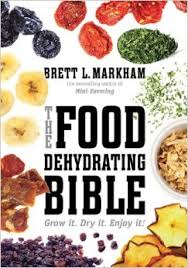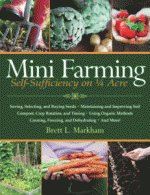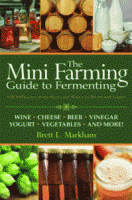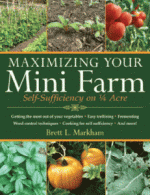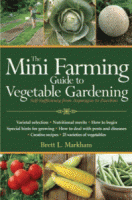Is mini-farming just scaled-down industrial agriculture?
Absolutely not! Mini farming uses entirely different techniques that are based on intensive agriculture that make maximum use of space. Typical yields are in the neighborhood of $5 to $8 of economic value per square foot planted. It is also adapted to be time-efficient for people who already work full-time jobs.
How do I learn more about Mini Farming?
You can certainly get a basic idea of the techniques from looking at this website. But, overall, the principles and techniques are most highly developed in our book; Mini Farming, which is available from many brick-and-mortar stores and online retailers starting in April.
Also, if you have any questions, I will answer them as I can via our contact form. I’m always happy to help.
How is Mini Farming different from gardening?
Mini Farming is primarily different from gardening in terms of attitude. That is, gardening is a hobby that is usually a break-even affair financially at best; whereas mini-farming is undertaken from day-one as an economic enterprise whose intent is to be a net economic positive.
What Makes Mini Farming Tic?
One of the most common questions I get is how Mini Farming is different from gardening, or whether it is just a scaled-down version of industrial agriculture.
The primary difference between these other forms of agriculture and Mini Farming is attitudinal. Mini Farming is not a hobby. It is undertaken with a specific economic objective. Unlike a garden, even if the food is produced only for your household, it is run like a business. By that I mean that conscientious efforts are made to adopt methods and materials that minimize costs and labor while maximizing productivity.
Unlike industrial agriculture, the focus in a Mini Farm is sustainability. The whole idea is to move food production local; so outside inputs are minimized. An industrial farm might adopt a labor-intensive method that makes economic sense only because of the ability to import immigrant labor at $2/hour; or it might adopt a fertilizer-intensive approach that only makes sense with a specific variety of a given crop. Mini farming focuses on building and then maintaining long-term soil fertility using natural processes. By doing this, even if there is no fertilizer to be had or a specific plant variety becomes unavailable, your food output isn’t compromised.
The idea, too, is self-sufficiency. The future holds economic turmoil from a lot of different directions and the impacts and timing are unpredictable. You want to be able to supply a vital necessity for yourself and your family without being inordinately dependent on materials being trucked in from 1500 miles away or shipped on a slow boat from China. The more you can do yourself, the better.


